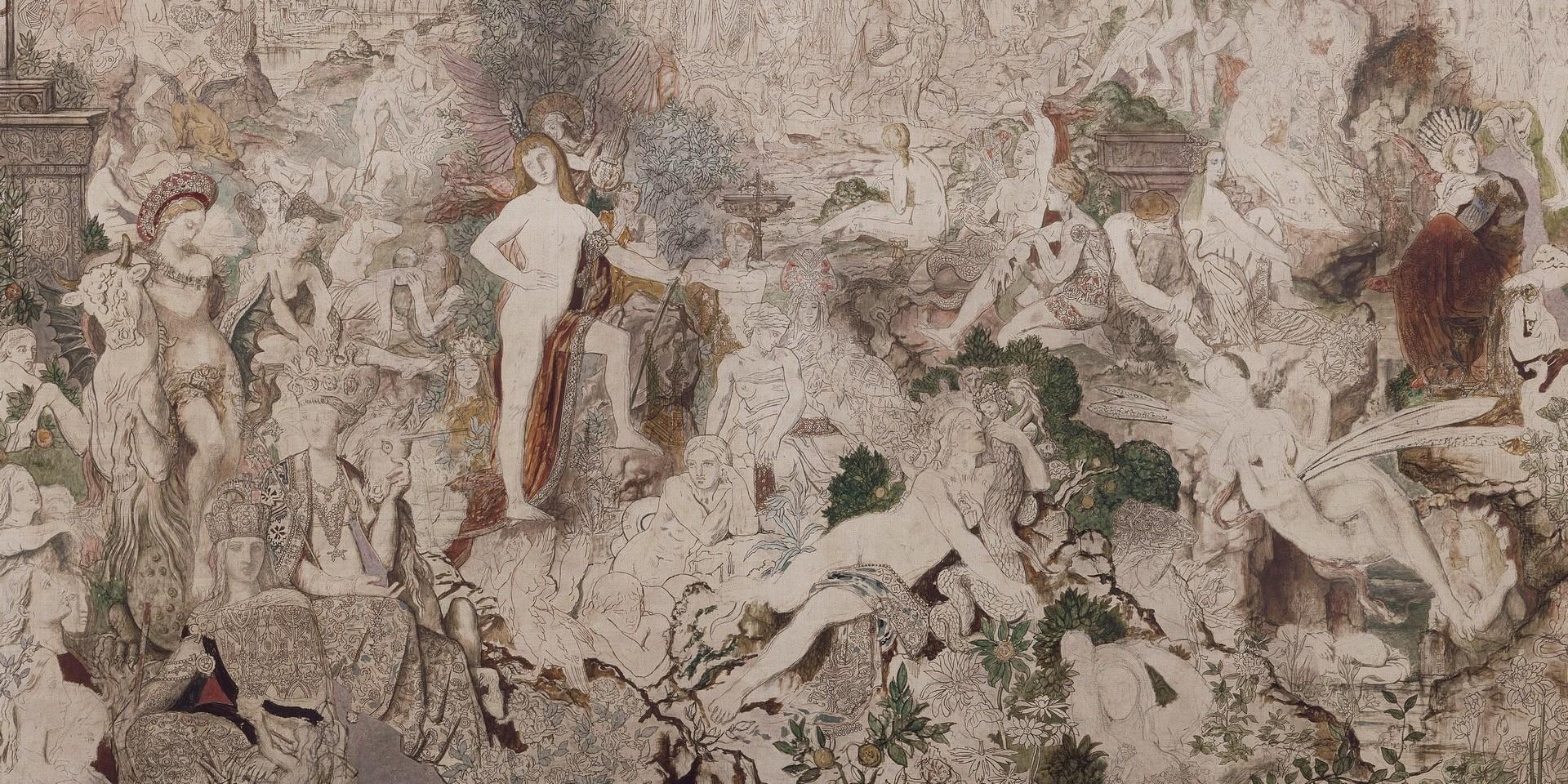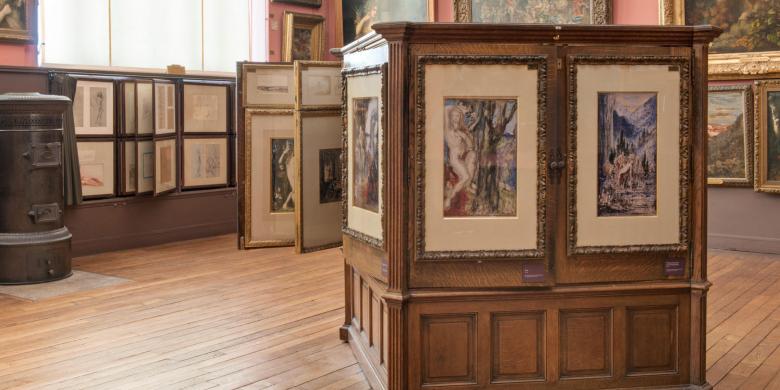Keep your admission ticket!
Within eight days of your visit to the Musée Gustave Moreau and upon presentation of your admission ticket, you will benefit from a reduced rate for the purchase of a ticket:
- at musée national des arts asiatiques-Guimet
- at the Musée d'Orsay
- at the Palais Garnier
Inversely, you will benefit from a reduced rate at the Gustave Moreau museum within eight days of your visit to the Guimet museum, the Orsay museum or the Palais Garnier self-guided tour on presentation of your admission ticket.
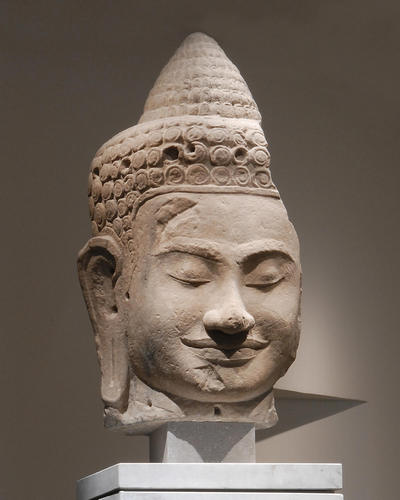
© JPPinon
Musée national des Arts Asiatiques - Guimet
The Musée National des Arts Asiatiques - Guimet is Europe's richest museum of Asian art. Its exceptional collections illustrate the diverse civilizations of the Asian continent, covering an area as vast in time (five millennia) as in space (from Afghanistan to Japan), just a stone's throw from the Eiffel Tower.
Musée national des arts asiatiques-Guimet
6, place d'Iéna
75016 Paris
Open from 10am to 6pm.
Closed on Tuesdays
Closed on December 1st, May 1st and December 25th
Metros Iéna (line 9) or Boissière (line 6)
www.guimet.fr
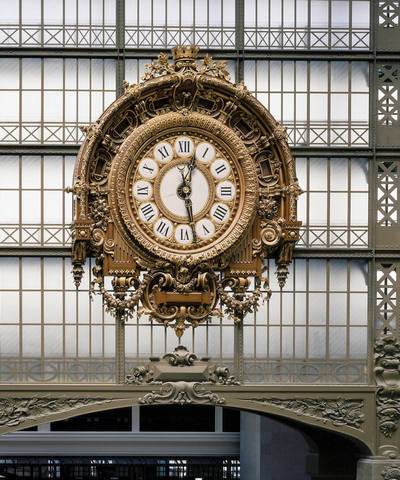
Musée d'Orsay
A national museum housed in a former railway station, the Musée d'Orsay presents the artistic creation of the Western world between 1848 and 1914. The Musée d'Orsay holds some of Gustave Moreau's greatest masterpieces, including Jason (oil on canvas, Salon of 1865), Orphée (oil on canvas, Salon of 1866), Galatée (oil on wood, Salon of 1880). A visit to the Musée d'Orsay will enable you to apprehend the art of Gustave Moreau's era in all its diversity.
Musée d'Orsay
1, rue de la Légion d'Honneur
75007 Paris
Open 9:30 am to 6 pm - Thursdays 9:30 am to 9:45 pm
Closed on Mondays
Closed on May 1st and December 25th
Subway 12 Solférino, RER C Musée d'Orsay
Bus Buses 63, 68, 69, 73, 83, 84, 87, 94
www.musee-orsay.fr
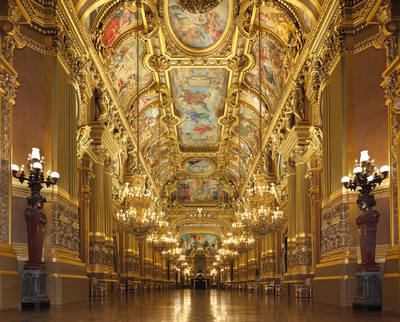
© Opéra national de Paris Jean-Pierre Delagarde, 2004
Palais Garnier
Extend your stroll through the nineteenth century and the ninth arrondissement of Paris with a visit to the Palais Garnier, the national theater and opera house of Paris, near the Gustave Moreau Museum.
The Palais Garnier, an opera house inaugurated in 1875 and built by architect Charles Garnier (1825-1898), an exact contemporary of painter Gustave Moreau (1826-1898), is a world-famous architectural masterpiece.
A great lover of music, Gustave Moreau was a regular visitor to the Palais Garnier, where he was often invited by his friends. He had a particular taste for Mozart, and went to applaud the diva Mademoiselle Krauss in Don Juan. A Charles Garnier visiting card in the Gustave Moreau archives assures us that the two men met. The painter was also very close to a number of artists who made decisive contributions to the Opéra's painted decor, such as Paul Baudry (ceiling of the Grand Foyer), Jules-Eugène Lenepveu (ceiling of the auditorium, now covered by Chagall's work) and Jules Elie Delaunay (ceiling of the salon Est in the Grand Foyer). He also counted among his friends the sculptors Henri Chapu, creator of La Cantate (main façade of the Opéra) or Pierre-Jules Cavelier, author of the statue of Glück representing German music (grand vestibule of the Opéra)
In 1883, Gustave Moreau himself was commissioned by Auguste-Emmanuel Vaucorbeil, director of the opera from 1879 to 1884, to create costumes for Sapho, an opera by his friend Charles Gounod. Moreau's project was ultimately unsuccessful, but his watercolors were sold for the benefit of the widow of Vaucorbeil, who died in 1884.
A visit to the Palais Garnier will allow you to discover the splendors of eclectic architecture and social life at the end of the nineteenth century: grand staircase, foyers, salon du Glacier and auditorium with superb painted and sculpted decor. In addition, the library-museum's rich collections bear witness to three centuries of Opera history. Throughout the year, the museum's halls present themed temporary exhibitions and a permanent gallery featuring paintings, drawings, photographs and small-scale volume models of scenery.
Palais Garnier
Place de l'Opéra, Paris 9ème
Open daily from 10am to 5pm (access until 4:30pm)
From 10am to 1pm on matinee performance days
Closed on January 1, May 1 and special events
Information by phone 0 892 89 90 90 (€0.34 per minute)
Métro Opéra (lines 3, 7, 8), RER A station Auber
Bus: 20, 21, 27, 29, 30 Buses: 20, 21, 27, 29, 32, 45, 52, 66, 68, 95
www.operadeparis.fr
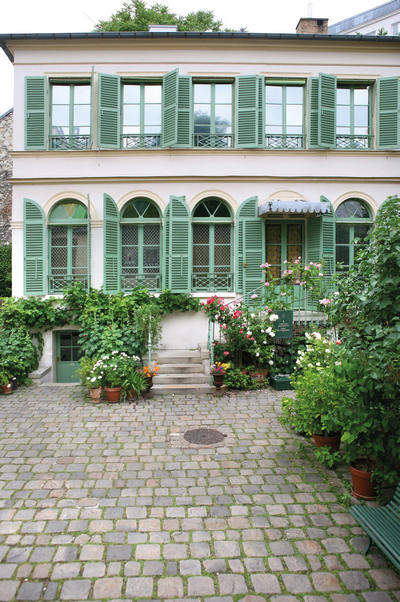
Musée de la Vie Romantique
The quiet rue Chaptal is home to the Musée de la Vie Romantique, dedicated to the arts under the Restoration and the July Monarchy, with a particular focus on George Sand and Ary Scheffer. For almost thirty years, the painter lived in the house, worked there and entertained the artistic elite of his time in his studio-salon: Chopin, Liszt, Lamartine, Delacroix, Thiers and Dickens. The collection includes paintings, objets d'art and furniture that bear witness to this brilliant period.
The Musée de la Vie Romantique is located in the 9th arrondissement, just a few minutes' walk from the Musée Gustave Moreau
Hôtel Scheffer-Renan
16, rue Chaptal
75009 Paris
Open Tuesday to Sunday, 10 am to 6 pm.
Closed Mondays and public holidays, as well as Easter and Whitsun Sundays.
Metro: Line 2, Blanche, Pigalle. Line 12, Saint-Georges.
Bus: 21, 30, 54, 68, 74
www.museevieromantique.paris.fr
Single ticket
Within 72 hours of your visit to the Gustave Moreau Museum, you can also visit the Jean-Jacques Henner Museum free of charge.
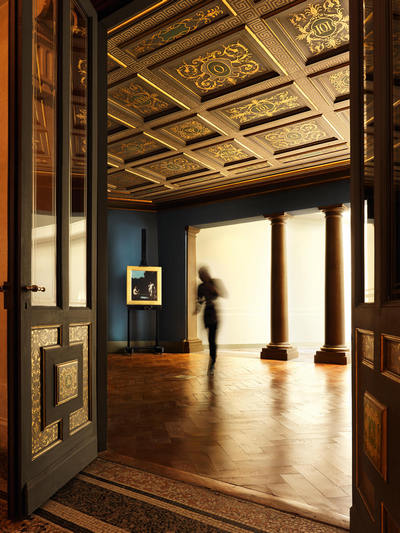
© Hartl-Meyer
Jean-Jacques Henner National Museum
Installed in the former mansion of painter Guillaume Dubufe (1853-1909), the museum is dedicated to the work of Jean-Jacques Henner (1829-1905).
In this house-workshop, you can discover the new ground-floor spaces, a neo-Renaissance salon and a winter garden, evoking what artistic life was like in the Plaine Monceau during the Third Republic. Upstairs, the collections retrace Jean-Jacques Henner's itinerary, from his native Alsace to Paris, via the Villa Medici, where he stayed after winning the Prix de Rome. Thanks to numerous studio works, the tour provides an insight into how an "official" painter worked in the Impressionist era.
Musée Jean-Jacques Henner
43, avenue de Villiers
75017 Paris
Open Monday to Sunday, 11am to 6pm. Closed Tuesdays and public holidays
Nocturne until 9pm on the second Thursday of every month.
T +33 (0)1 47 63 42 73
publics@musee-henner.fr
Metro: Malesherbes (line 3), Monceau (line 2), Wagram (line 3)
RER: Pereire (line C)
Bus: 20, 31, 93
www.musee-henner.fr

